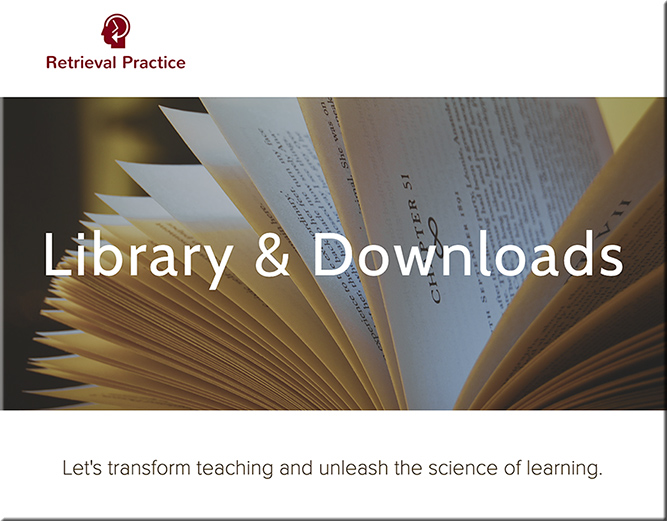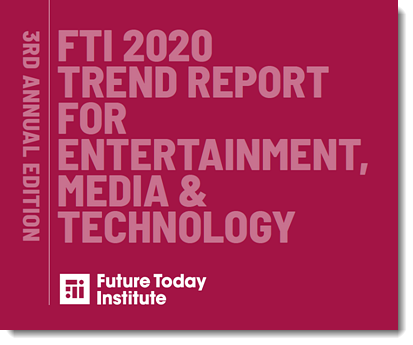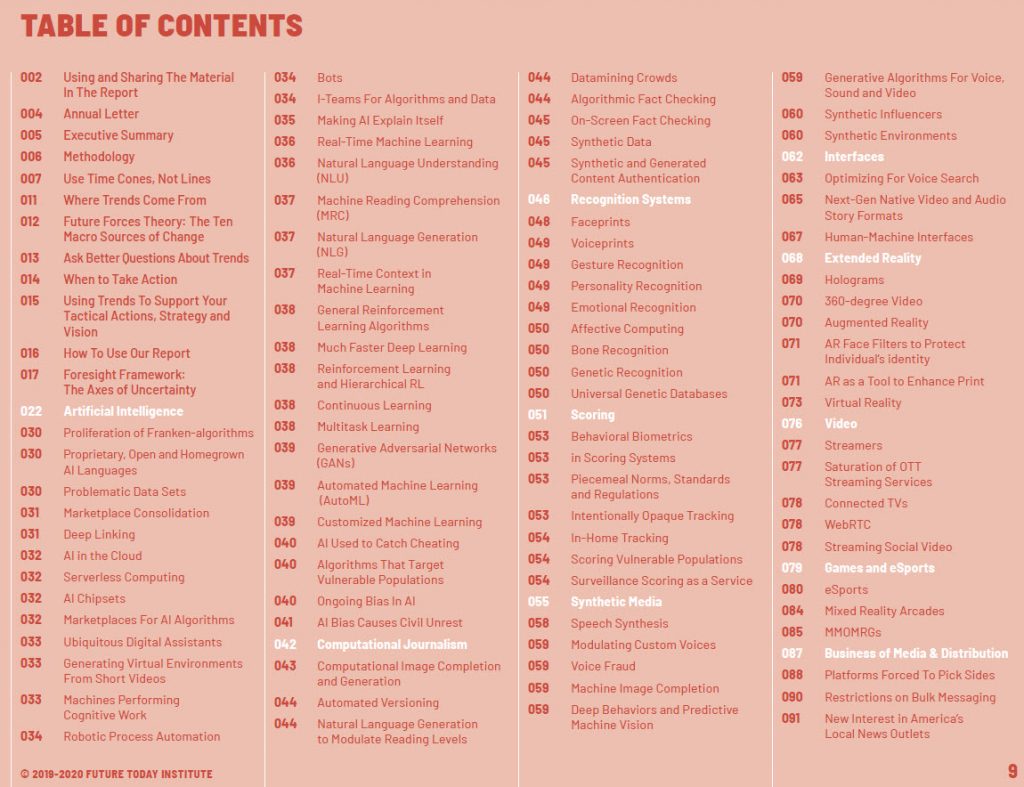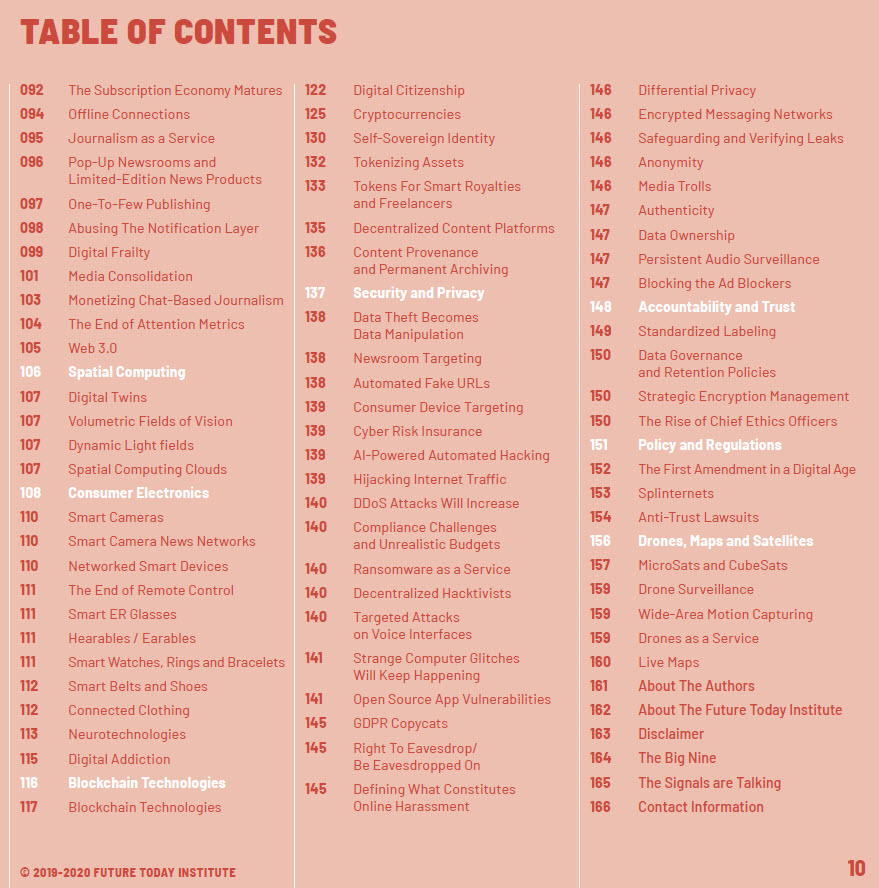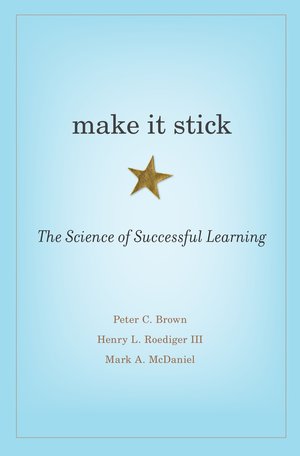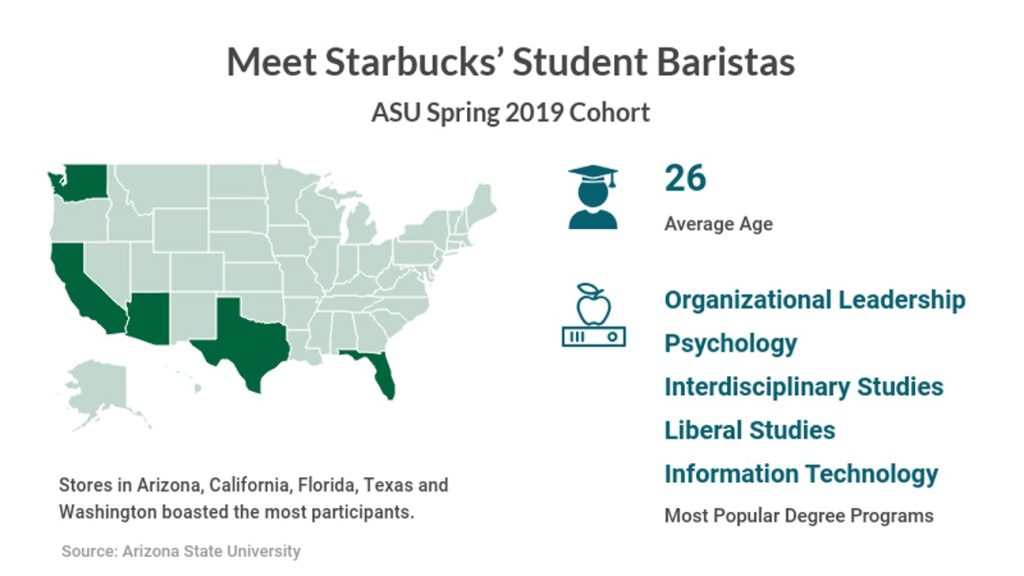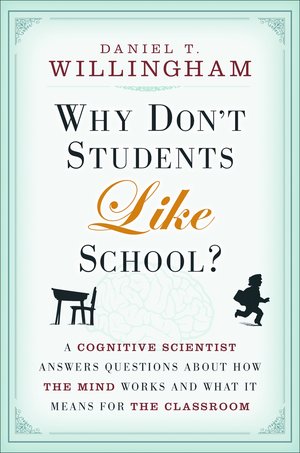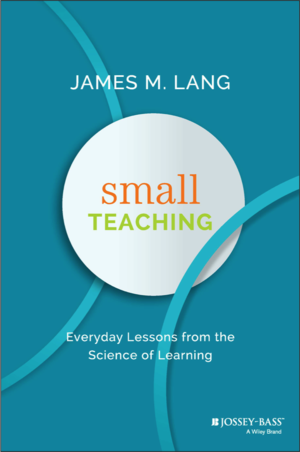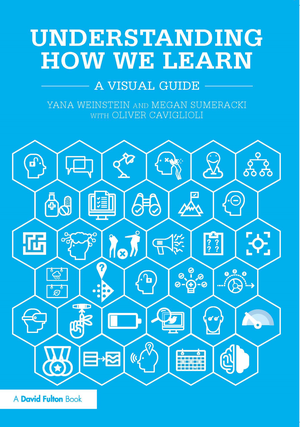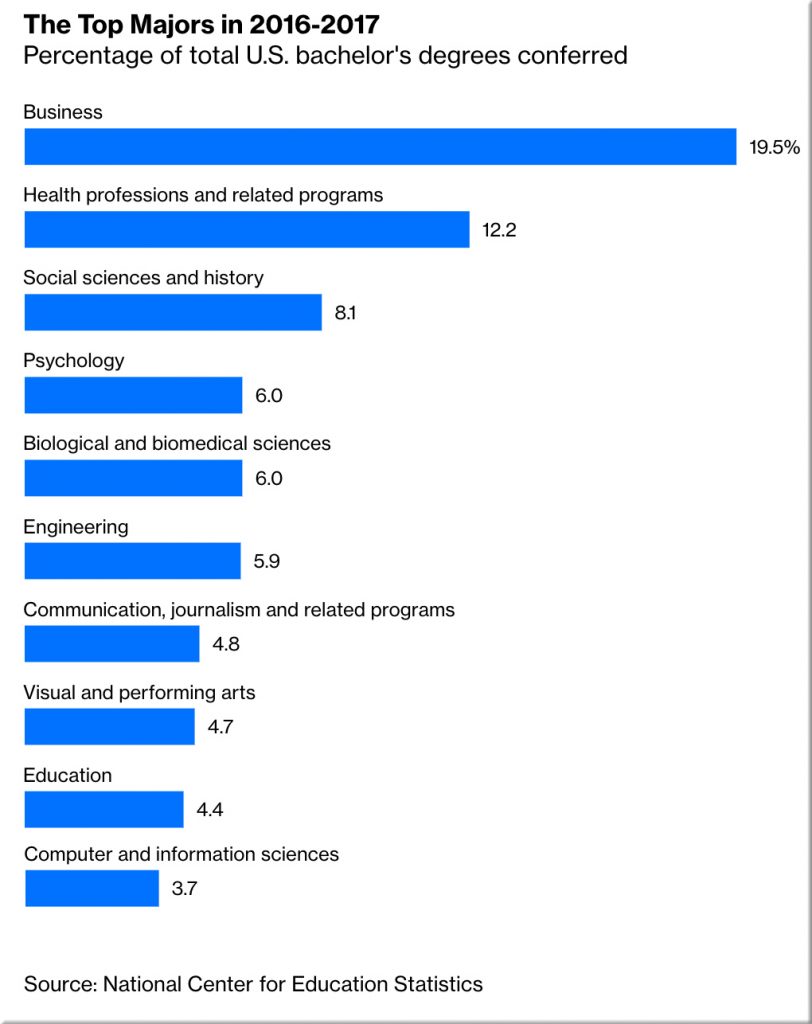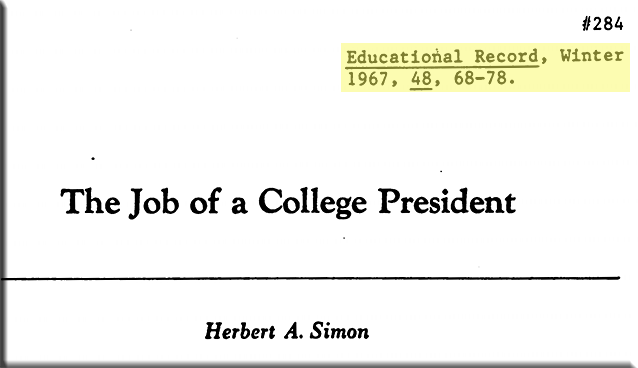Combining retrieval, spacing, and feedback boosts STEM learning — from retrievalpractice.org
Punchline:
Scientists demonstrated that when college students used a quizzing program that combined retrieval practice, spacing, and feedback, exam performance increased by nearly a letter grade.
—-
Abstract
The most effective educational interventions often face significant barriers to widespread implementation because they are highly specific, resource intense, and/or comprehensive. We argue for an alternative approach to improving education: leveraging technology and cognitive science to develop interventions that generalize, scale, and can be easily implemented within any curriculum. In a classroom experiment, we investigated whether three simple, but powerful principles from cognitive science could be combined to improve learning. Although implementation of these principles only required a few small changes to standard practice in a college engineering course, it significantly increased student performance on exams. Our findings highlight the potential for developing inexpensive, yet effective educational interventions that can be implemented worldwide.
…
In summary, the combination of spaced retrieval practice and required feedback viewing had a powerful effect on student learning of complex engineering material. Of course, the principles from cognitive science could have been applied without the use of technology. However, our belief is that advances in technology and ideas from machine learning have the potential to exponentially increase the effectiveness and impact of these principles. Automation is an important benefit, but technology also can provide a personalized learning experience for a rapidly growing, diverse body of students who have different knowledge and academic backgrounds. Through the use of data mining, algorithms, and experimentation, technology can help us understand how best to implement these principles for individual learners while also producing new discoveries about how people learn. Finally, technology facilitates access. Even if an intervention has a small effect size, it can still have a substantial impact if broadly implemented. For example, aspirin has a small effect on preventing heart attacks and strokes when taken regularly, but its impact is large because it is cheap and widely available. The synergy of cognitive science, machine learning, and technology has the potential to produce inexpensive, but powerful learning tools that generalize, scale, and can be easily implemented worldwide.
Keywords: Education. Technology. Retrieval practice. Spacing. Feedback. Transfer of learning.









